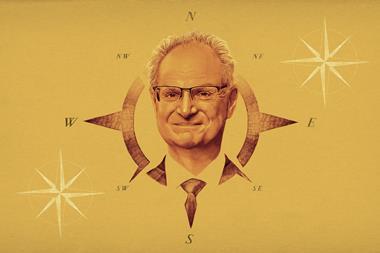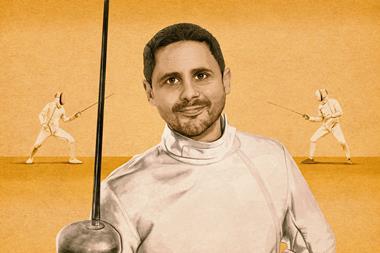Middle world. The restless heart of matter and life
Middle world. The restless heart of matter and life
Mark Haw
Basingstoke, UK; Macmillan | 2007 | 256 pp | ?16.99 (HB) | ISBN 1403986037
Reviewed by Carol Stanier
The untidiness of my bedroom is due to the second law of thermodynamics. Namely, the world tends towards increased entropy and disorder, and there are more ways to make a bedroom untidy than there are to keep everything in its rightful place. This is just one of the curious but instantly understandable analogies that Mark Haw uses to explain some of the complex physical concepts necessary to understanding Brownian motion.
The Middle world, according to Haw, is the tricky region between atoms and molecules, and the bulk assembly. It is a world occupied by such unlikely bedfellows as DNA, plastics, pollen, and the constituents of mayonnaise and shampoo. It is here that the incessant dance described by Robert Brown takes place.
As we journey through Middle world we meet (as one might expect) numerous Nobel prize winners and other eminent scientists, but also philosophers and even playwrights, their work set in context of the story. Peculiar and intimate details of their lives, such as Marie Curie’s scandalous affair with Paul Langevin, give this tale human as well as scientific interest.
There have been numerous books published in the past few years on nanotechnology and the history of science, several of which are listed in the further reading, but Middle world is certainly one of the most readable of these. It is written in such a way that it should be simple for even those with very little background in science to understand. Haw’s excellent descriptions involving rice pudding and jam (have you ever tried unstirring the jam from a rice pudding?) and giving oranges to school children (to demonstrate energy distribution in gases) ensure that concepts normally encountered only at degree level are just part of a riveting story that started with a botanist called Brown.












No comments yet